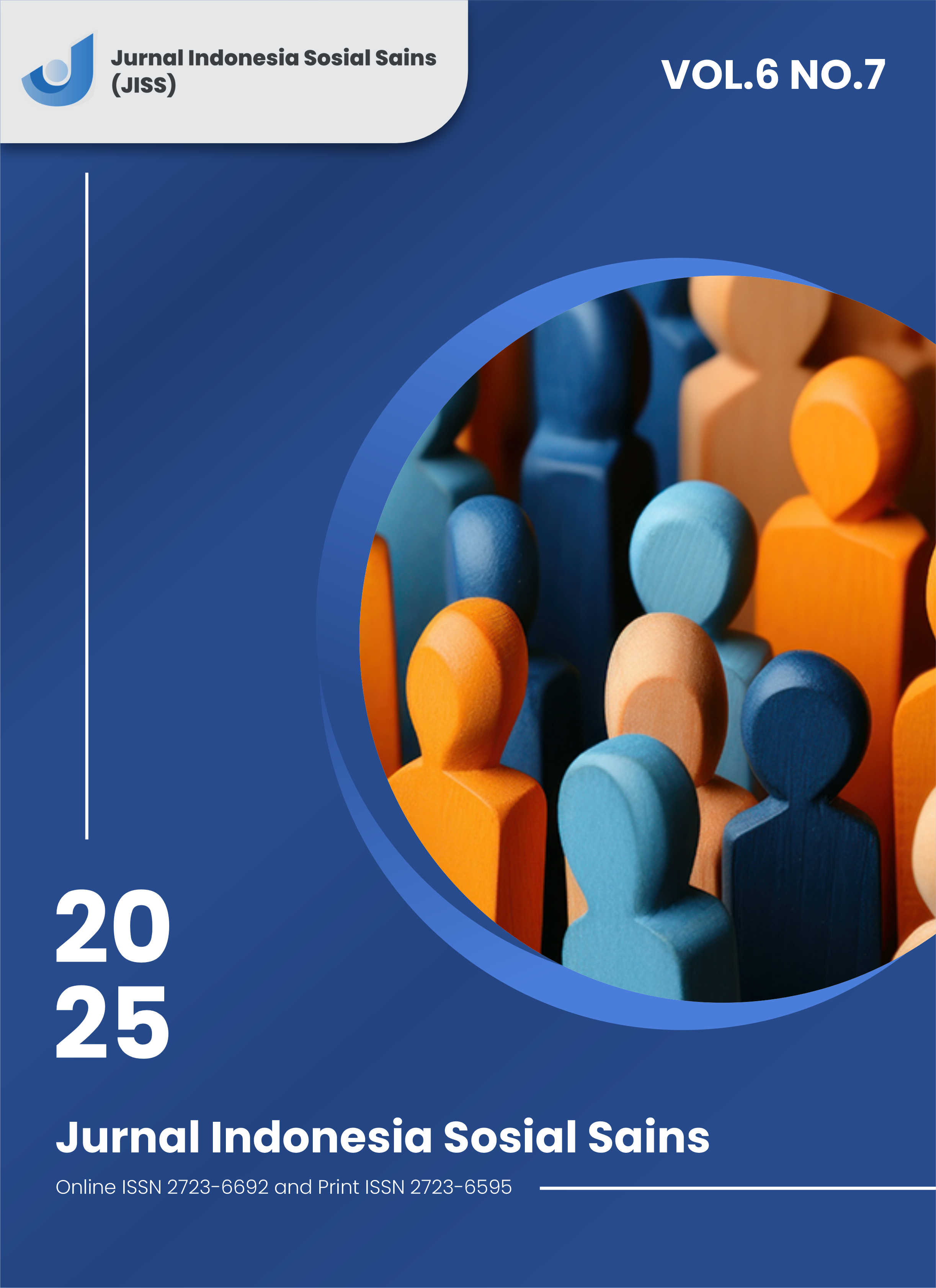System Dynamics Model for Reducing Unemployment Rate of Vocational High School Graduate in Indonesia
DOI:
https://doi.org/10.59141/jiss.v6i7.1807Keywords:
SMK, Unemployment Rate, System Dynamics, Education, Vocational TrainingAbstract
Sekolah Menengah Kejuruan (SMK) serves as Indonesia's vocational high school system designed to produce work-ready graduates. However, SMK graduates consistently maintain the highest open unemployment rate among all education levels in Indonesia at 9.42% in 2024, significantly higher than Thailand's 0.59% for vocational graduates. This study utilized system dynamics methodology to analyze factors contributing to SMK graduate unemployment and simulate policy interventions to reduce unemployment rates by 2045. Through interviews with 11 stakeholders, literature review, and observations, 34 variables were identified in a Causal Loop Diagram and converted into a Stock Flow Diagram with 54 variables. Twenty-two scenarios were developed across four groups: GDP growth analysis, education budget allocation, budget distribution analysis, and SMK budget composition. Results indicate that maintaining GDP growth above 4.89% or allocating minimum 8.544% of GDP to education budget can eliminate SMK graduate unemployment by 2045. The most effective intervention is increasing student certification budget allocation, which can achieve zero unemployment by 2040. The study recommends implementing "Scenario 0 Unemployment" with 8.273% allocation for student certification while equally distributing remaining budget between partnership and infrastructure improvements.
Downloads
Published
How to Cite
Issue
Section
License
Copyright (c) 2025 Awla Fajri Assalam, Yos Sunitiyoso

This work is licensed under a Creative Commons Attribution-ShareAlike 4.0 International License.
Authors who publish with this journal agree to the following terms:
- Authors retain copyright and grant the journal right of first publication with the work simultaneously licensed under a Creative Commons Attribution-ShareAlike 4.0 International. that allows others to share the work with an acknowledgement of the work's authorship and initial publication in this journal.
- Authors are able to enter into separate, additional contractual arrangements for the non-exclusive distribution of the journal's published version of the work (e.g., post it to an institutional repository or publish it in a book), with an acknowledgement of its initial publication in this journal.
- Authors are permitted and encouraged to post their work online (e.g., in institutional repositories or on their website) prior to and during the submission process, as it can lead to productive exchanges, as well as earlier and greater citation of published work.












